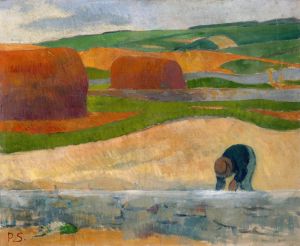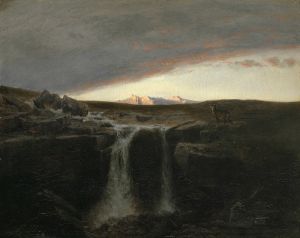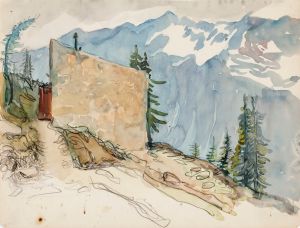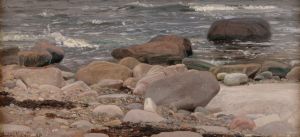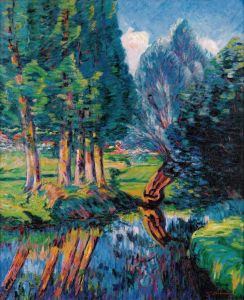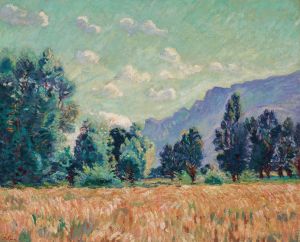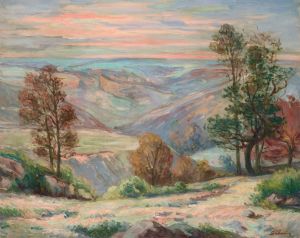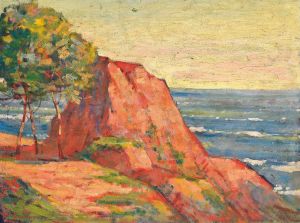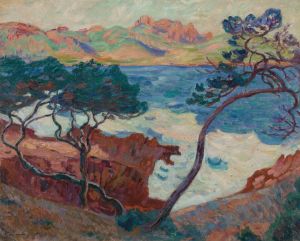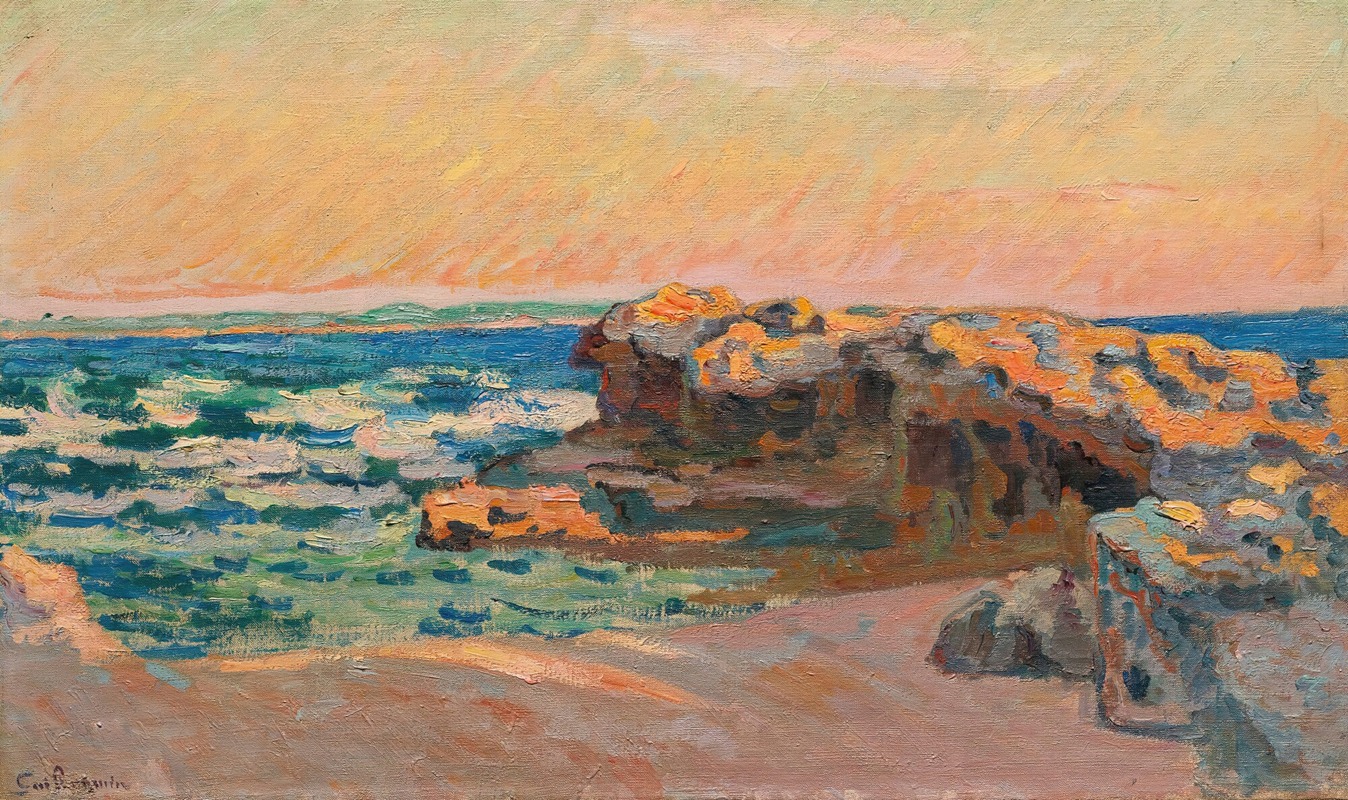
Rocher À Saint-Palais
A hand-painted replica of Armand Guillaumin’s masterpiece Rocher À Saint-Palais, meticulously crafted by professional artists to capture the true essence of the original. Each piece is created with museum-quality canvas and rare mineral pigments, carefully painted by experienced artists with delicate brushstrokes and rich, layered colors to perfectly recreate the texture of the original artwork. Unlike machine-printed reproductions, this hand-painted version brings the painting to life, infused with the artist’s emotions and skill in every stroke. Whether for personal collection or home decoration, it instantly elevates the artistic atmosphere of any space.
Armand Guillaumin was a notable French impressionist painter, recognized for his vibrant use of color and his landscapes that capture the essence of the natural world. One of his works, "Rocher À Saint-Palais," exemplifies his skill in portraying the beauty of the French countryside. Guillaumin was born in Paris in 1841 and became associated with the Impressionist movement, which sought to capture the effects of light and atmosphere in a more spontaneous and natural manner than traditional academic painting.
"Rocher À Saint-Palais" is a landscape painting that depicts the rocky coastal scenery of Saint-Palais-sur-Mer, a commune in the Charente-Maritime department in southwestern France. This area is known for its picturesque beaches and rugged cliffs, which have long attracted artists seeking to capture its natural beauty. Guillaumin's painting reflects his interest in the interplay of light and color, a hallmark of the Impressionist style.
Guillaumin's approach to painting was influenced by his friendships with other prominent artists of the time, including Camille Pissarro and Paul Cézanne. These relationships helped him to develop his unique style, characterized by bold colors and dynamic compositions. In "Rocher À Saint-Palais," Guillaumin employs a vivid palette to convey the textures and forms of the rocky landscape, using loose brushstrokes to suggest the movement of light across the scene.
The painting captures a moment in time, with the rocks bathed in sunlight and the sea visible in the background. Guillaumin's use of color is particularly striking; he often used contrasting hues to create a sense of depth and vibrancy. This technique is evident in "Rocher À Saint-Palais," where the warm tones of the rocks contrast with the cooler blues and greens of the surrounding landscape.
Guillaumin's work was exhibited alongside other Impressionists in several of their group exhibitions, which were initially met with mixed reviews but eventually gained recognition for their innovative approach to art. Despite not achieving the same level of fame as some of his contemporaries during his lifetime, Guillaumin's contributions to the Impressionist movement have been increasingly appreciated over time.
"Rocher À Saint-Palais" is representative of Guillaumin's dedication to capturing the natural world with authenticity and emotion. His ability to convey the atmosphere of a place through color and light has earned him a lasting place in the history of art. Today, his works are held in various collections around the world, where they continue to be admired for their beauty and technical skill.
In summary, Armand Guillaumin's "Rocher À Saint-Palais" is a testament to his mastery of the Impressionist style and his ability to depict the natural landscape with vivid color and dynamic composition. The painting remains a significant example of his work and contributes to the broader appreciation of the Impressionist movement.





